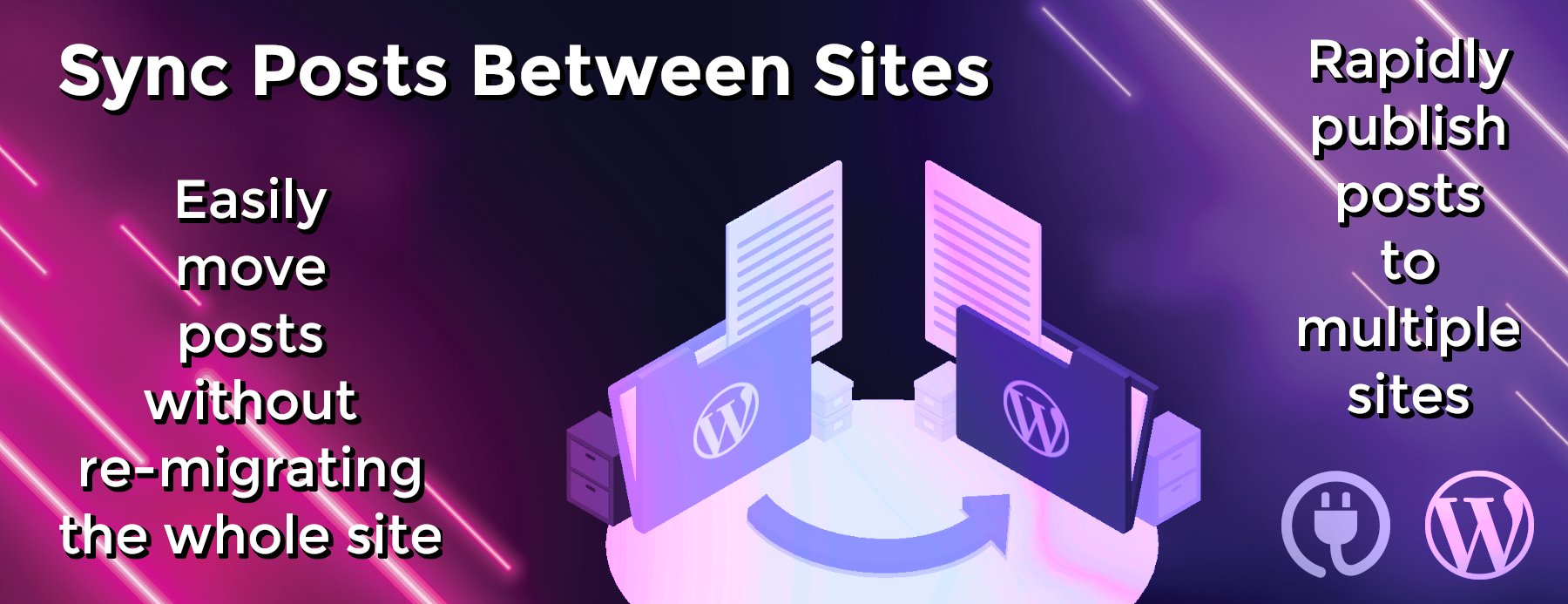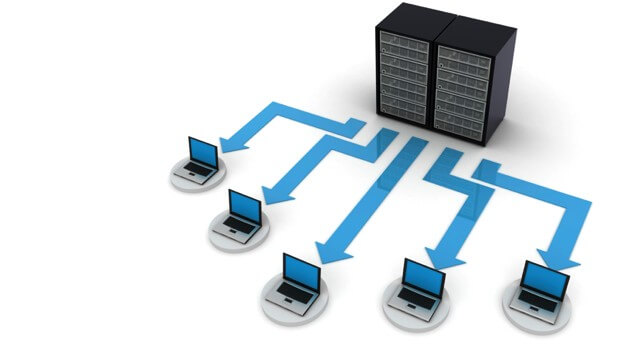Broken Links: How to Find, Fix, and Benefit from Broken Links
Links are what holds the web together. Essentially, the web is named as such because of the ability for pages and sites to link to other sources and relevant information. So, if links are broken, a visitor has no way of moving to the other resource.
Not only are broken links bad for a number of reasons, but they frustrate visitors. Imagine finally finding the information you need only to be denied because of a broken link.
This short article will help you understand what broken links are, what causes them, the harm they do, how to find them and then how to fix them. The information provided here will help you make sure that there are no broken links on your site and help you deal with broken links that should be bringing visitors to your site.
What is a Broken Link?
In a test run against a subset of the websites of the S&P 500, Link Tiger found that all of the sites had broken links. The average number of broken links per site was 2.4%. Some of the bigger companies had numbers even higher than that:
- Tech Data – 8.62%
- Cisco – 4.85%
- CenturyLink – 4.64%
- Apple – 4.57%
While others fared far better:
- Comcast – .01%
- Dell – .14%
- WDC – .33%
- Xerox – .37%
However, before we dive any deeper it is important to understand what a broken link is. Technopedia defines a broken link as, “a hyperlink which is linked to an empty or non-existent external webpage.” Broken links are also called dead links.
Quite simply, a broken link is a link that doesn’t take you to the expected resource. When you click on a link you expect to visit another webpage, view an image, open a PDF file, etc. When the link is broken you receive a 404-page error instead. This page will tell you that the webpage or file you are looking for is not available.
When a website has not checked for broken links and fixed these dead links for a long time it suffers from link rot. This term describes websites with an abundance of broken links.
What Causes Broken Links?
There is a number of things that cause broken links. Some are the fault of the webmaster and others are the fault of the websites a link is pointing to.
Regardless of who is to blame, broken links are caused by errors that include:
- The wrong URL used by the website owner for the link. This can happen from a simple typo or mistake when entering the URL into the
tag. - The destination website removed the resource that you linked to. This happens when content grows stale, images are used without permission or just when the webmaster decides to take something down.
- The destination website has permanently moved to a new URL. This can result from a merger/acquisition or even a domain name change.
- The destination website no longer exists. Older studies show that the average lifespan of a webpage is 100 days. There is any number of reasons why someone would take their page, or site, down.
- The resource you are linking to sits behind a firewall that prevents access to the content. Remember, not everyone makes their content accessible to the rest of the web. Perhaps it was open at one time but now sits behind a paywall.
Understanding why a link is not working is just as important as finding it in the first place. The obvious reason is that if you know why a link is broken, you will know how to fix it. However, let’s take that a step further. If you know what causes broken links, you are also less likely to make those mistakes in the first place.
By lessening the chance of a link breaking from the outset, you are reducing the chance that they will harm your website down the road.
It is unfortunate that many webmasters, marketers and business owners only view broken links as a nuisance rather than a larger problem. Google’s John Mueller once addressed the question:
— Do redirected links cause ranking issues?
by answering:
— The web changes, sometimes old links break. Googlebot isn’t going to lose sleep over broken links :).
So, some people made the assumption that broken links aren’t that big of an issue.
RELATED: The Importance of SEO Article Writing
Unfortunately, this is wrong. While a few broken links aren’t going to crush your SEO efforts, they certainly aren’t going to help. Of course, there are other ways that they will cause your website harm as well.
1. Search Engine Optimization (SEO)
I know, Google says that Googlebot isn’t going to punish you for broken links. However, there are some ways that broken links will hurt your efforts to rank in search engines like Google.
For one, if you are linking to a page within your site and that link is broken the search engine spiders are going to have trouble finding it. When they hit that page not found 404 error, the content you worked so hard to create and promote is getting no love from the search engines.
Once it hits that broken link, it moves on to the next one and any pages that it does not crawl do not get indexed. Pages that aren’t indexed don’t receive a ranking and therefore cannot be found by search engine users.
Another way broken links harm your search engine optimization comes from how long visitors stay on your site. If they encounter broken links they are likely going to look elsewhere for the information they need. After all, they can’t find it on your site.
Most experts agree that pages with high bounce rates don’t rank well. They also agree that the time a visitor spends on your site affects your ranking as well. The assumption is that the search engines will think that your site is full of relevant information because visitors spend a lot of time there.
If they are leaving quickly, it’s because your content isn’t relevant or your site isn’t easy to use.
2. User Experience
Users are easily frustrated. If pages don’t load fast enough they leave. If there are too many advertisements, they leave. If there is a paywall, they leave.
If your visitors can’t access the information that they came to your site to find, they are going to leave. They would rather be on a site that works and broken links are a sure fire way to frustrate your visitors.
3. Reputation & Revenue
When a visitor encounters a website that is full of broken links, they are going to avoid it in the future. They simply won’t trust that site to provide the information they need. If that site is yours, your reputation is ruined.
Not only do you run the risk of damaging your reputation with that user, but others as well. KISSmetrics published a study that showed 44 percent of people will tell their friends when they have a bad experience online.
That same study showed that 79 percent of shoppers who are dissatisfied with a website’s performance are less likely to buy from that site again. So broken links can cost you money as well.
Of course, if links to your product pages or your affiliate products are the ones that are broken you are losing sales as well. You don’t need a degree in economics to see that this too will affect your revenue.
How to Find Broken Links
Now that you are aware of what effect broken links have on your site it is time to fix the issue. We recommend that you check for broken links on a monthly basis at least. This will give you the opportunity to take action and minimize the negative effect of having dead links on your site.
If you have the time, or if you are consistently adding new pages to your website, then you are going to want to check more frequently. You don’t need to become obsessive over this, but making it a habit to check for broken links will certainly benefit your website.
As broken links are a problem for webmasters and businesses, there are a number of different tools available to check for them. Some of these tools are completely free while others will require an investment.
1. Google Search Console
One of the most popular, and effective tools is the free Google Search Console.
When you open this tool click on Search Traffic in the right-hand menu and then Internal Links. If you are missing an important page, or the number of links looks off, it could be due to a broken link.
RELATED: Speak Human! Should IT Workers Learn to Speak to the Layperson?
Next, click on Crawl -> Crawl Errors. Scroll to “Not Found” Section. This will give you a report of all the missing pages on your site with both internal and external links pointing to them.
2. Xenu
Another popular tool to check for broken links is Xenu. Like the Google Search Console, this is a free product. Since its primary focus is looking for broken links, it is also much easier to use and gives a complete report about the links on your site.
Start by opening Xenu and clicking File and then Check URL. The following window will open for you and you enter the URL of the page you wish to check.
You also have the option of only checking for internal links that are broken. To do this, uncheck the Check external links box.
Once you run the tool, you receive a report of the links found and their status.
Xenu provides you with some other tools as well so you can export the report, build sitemaps and perform some other tasks. If you wish to check a local file, before you upload your code to the web, that option is available too. You also have the option to examine a list of URLs so you can check your entire site at once.
3. Domain Hunter Plus
The final tool we will look at is actually a Chrome extension called Domain Hunter Plus. This allows you to analyze a page you are on to find broken links.
Once you add the extension you will see a small green target on your browser.
Navigate to the page you wish to check and click that target. It will run a check on that page and provide you with a report of all the broken links it finds. You can export this report to refer to later if you choose.
4. WordPress Broken Link Checker Plugin
If you’re using WordPress for your website, then there’s a free plugin you can install that will automatically monitor your site for broken links.
After installing the Broken Link Checker plugin on your WordPress website, you’ll get dashboard notifications when a dead link is found. You can then fix the offending link directly through the plugin dashboard without even having to open and edit the page itself.
These are four of the more popular tools. You can find other tools available as well by searching for link checkers if you wish to use something else.
Fixing Broken Links
Now that you have found the broken links on your website it is time to start fixing them.
The way to fix internal links requires you to examine each link to see why it is broken.
- Did you mistype the URL? If that is the case change it to reflect the correct address for the content you are linking to.
- Did you rename or move a page? When this happens, you need to update the link to reflect the change.
- Did you remove the page from your website? If this is the case you need to either remove the link or find another piece of relevant content to link to.
For external links, the process is a bit more difficult.
If the site you were linking to is gone you will need to find somewhere else to link to or remove the link altogether. If the link was to content that supported a claim or statement, find another resource so you keep your credibility intact.
If the broken link is due to an error on your part, you may be able to easily find the correct URL. If you can, change the link. If you cannot find the correct page, search for the site’s main URL using the site: operator and keywords related to the topic.
You may be able to find the original content or at least something else relevant that you can link to.
What About Incoming Broken Links?
Up until now, we have focused on broken links that exist on your website. However, these are not the only links that cause you problems.
RELATED: Where Is the Next Generation of IT and Data Geniuses?
Link building, when done properly, is still an effective SEO technique.
However, if the links pointing to your site are broken you are losing any SEO benefit you could be enjoying, such as improved rankings in the search engines and more visitors to your site.
Therefore, checking for incoming broken links is just as important as looking for broken links on your own site.
You should, as a best practice, keep track of any links you earned through guest posting or other link building strategies. Periodically, you are going to want to audit these links to ensure that they are still working.
Should you find any broken incoming links, reach out to the site owner and ask them to fix them. Check back to see if everything is working properly.
Some tools you can use to keep track of and monitor links pointing to your site include Ahrefs, Majestic, Raven, and WebMeUp.
These backlink checkers are paid tools but many offer free trials to help you decide if they will be beneficial for your website.
Using Broken Links to Your Advantage
Some site owners and organizations don’t bother checking for broken links. Due to this, they may be linking out to content that no longer exists or through user error they might have created the link incorrectly. If their site is one that you would like to earn a link from for SEO purposes, you can use this to your advantage.
First, start looking for sites that relate to a keyword you are trying to rank for. You can start by using some well-known search strings:
- keyword + “resources”
- keyword + intitle:resources
- site:.gov keyword + “links”
- site:.edu keyword + “recommended sites”
- keyword + “related links”
When you see a page that is relevant to your site and would make a good link, check the page using a tool like “Domain Hunter Plus”. For the greatest SEO benefit, look for pages that have a high domain authority. Aim for a DA of at least 50 and you will start to see some rather impressive results.
When you find broken links and you have relevant content that the site could use as a resource, you have a match. Contact the webmaster of that site and let them know that you found a broken external link on their page. At the same time, let them know that you have content that they may wish to consider replacing their broken link with.
If you really want to increase your chances, dig into the broken links a bit further. If the site itself is down or you can be sure the page is gone let the webmaster know this as well.
Further Reading on Broken Link Building
Broken link building is an effective, white-hat, content-focused link building strategy. Just spend 30-40 minutes of your time to go through these awesome articles. You won’t regret it, I promise.
- http://neilpatel.com/blog/dont-let-it-rot-5-strategies-to-leverage-broken-links/
- https://www.quicksprout.com/the-advanced-guide-to-link-building-chapter-7/
- https://moz.com/blog/the-broken-link-building-bible
- https://ahrefs.com/blog/broken-link-building/
Conclusion
There is no question, broken links cause some business headaches. There are webmasters who aren’t even aware of the problems they cause. Whether broken links are hurting SEO efforts or keeping visitors from buying products these are solvable problems. It just takes time and dedication to resolve them.
Start by establishing a strategy on how you will deal with broken links. Set up a schedule for checking, be it monthly, twice a month or even weekly, and stick to it. The right tools can reduce the your workload significantly. Then, deal with broken links immediately. Don’t wait and address them later. Remember, each day that a broken link sits on your website is another day you are losing out.
Finally, remember that you can use broken links on other sites to your advantage. If you really want to take your SEO efforts up a notch, start building new links from sites that have a broken link problem of their own.
Broken links are a problem that all websites will have at some point, even large companies with a team of webmasters at their disposal. However, it is a problem that has an easy solution if you are willing to take the time to fix them.
Good luck!




